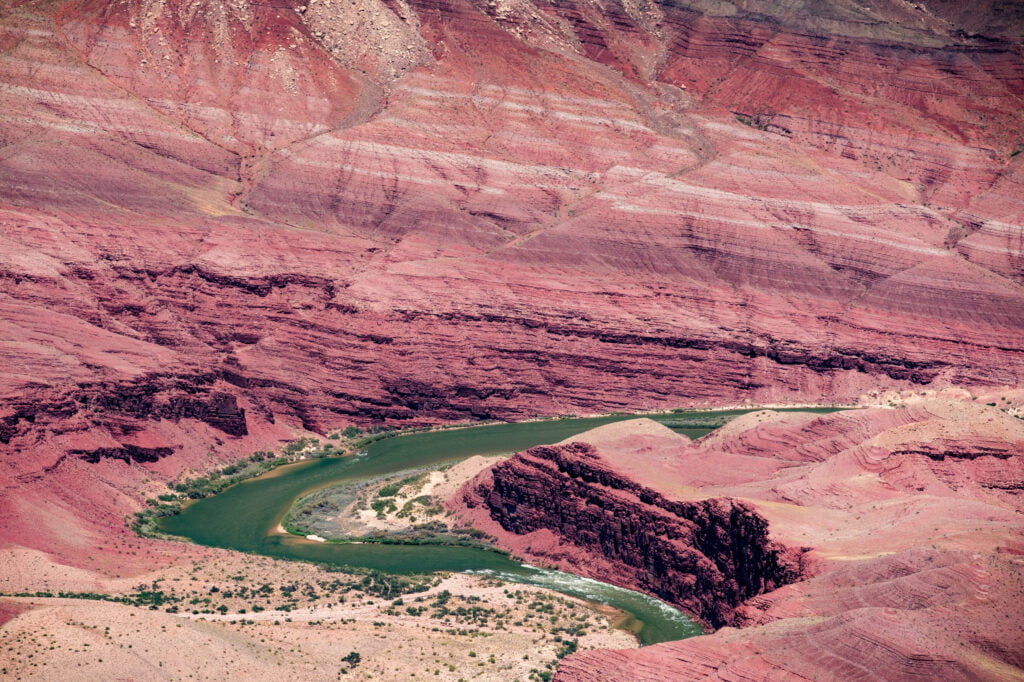Are you looking for an exciting adventure to add to your bucket list? White water rafting through the Grand Canyon is an unforgettable experience that anyone can enjoy. With the right knowledge and preparation, you can make the most of your Grand Canyon white water rafting trip. Keep reading to learn helpful tips for planning your white water rafting trip. In this article, you’ll discover what to consider when planning your rafting adventure, including where to stay, how to stay safe, and more. Keep reading to learn more.
Research the regulations for rafting in the Grand Canyon.
Planning a white water rafting trip is an exciting undertaking. Before jumping in and booking your reservation, it’s important to research the regulations for rafting in the Grand Canyon. You might need to obtain a permit from either the National Park Service or the Bureau of Land Management depending on which stretch of river you plan to travel. These permits are highly sought after due to limited availability and can take up to six months or more to acquire. It’s best practice to start this process as soon as possible in order to secure your spot on the river ahead of time. In addition, make sure that everyone participating is aware that all non-motorized boats require passengers 16 years old and older who possess valid government identification (such as a driver’s license) with proof of age when entering the park. Furthermore, if traveling with minors under 18 years old, they must be accompanied by a parent or legal guardian throughout their stay within the park boundaries.
Identify lodging options near the Grand Canyon.

To get the most out of your trip, you will want to stay as close to the canyon as possible so that you can easily access all of its attractions and adventures. Fortunately, there are many different lodging options available near the Grand Canyon, ranging from luxury resorts with full-service amenities to rustic campgrounds for those looking for a more rugged experience. Depending on your budget and preferences, there are plenty of hotels and motels located within walking distance or a short drive from major points in and around the park. No matter which type of accommodation you choose for your visit to this incredible natural wonderland, you won’t be disappointed.
Make arrangements for transportation.
When planning a white water rafting trip, it is essential to make arrangements for transportation to and from the grand canyon. The best way to get there is by car, as driving offers you more flexibility when it comes to travel times and routes. If you plan on flying in, most airports near the Grand Canyon offer shuttles or taxi services that will take you directly from the airport to your lodging and then onto the river launch site. Additionally, many companies offer round-trip transportation packages that include pick-up at Phoenix Sky Harbor International Airport for those who are coming from out of state. Once your trip is over and you return back home, you can either rent a car or book a shuttle service which will drop you off at any nearby airport.
Prepare for changes in weather and water levels.

When planning a rafting trip, it’s important to prepare for possible changes in weather and water levels. The climate of the Grand Canyon can vary drastically from season to season, with temperatures ranging from hot and dry in the summer months to cold and wet during winter. Additionally, unexpected weather events such as flash floods can occur at any time. Therefore, you should always bring clothing that is suitable for different temperature ranges as well as waterproof gear like a rain jacket or poncho just in case. Furthermore, due to runoff caused by snowmelt each spring, the Colorado River’s water level will fluctuate throughout the year; low river levels can make rapids more difficult while high river levels may create stronger currents that are not safe for inexperienced paddlers. You should research average flow rates before your trip so you know what type of conditions to expect and plan accordingly (e.g., bringing an extra paddle). Finally, it’s important that all members of your party be aware of changing weather patterns and heed any warnings regarding potential flooding or other safety risks associated with extreme fluctuations in water levels so that everyone remains safe on their journey downriver.
Overall, planning a white water rafting trip requires careful research and preparation. With the right planning and research, a rafting trip can be a thrilling and memorable experience.





















